Cladding welding is a specialized welding technique used to apply a layer of one material over another, typically to improve corrosion resistance, wear resistance, or enhance the mechanical properties of a component. This process is commonly used in industries such as oil and gas, power generation, and chemical processing, where materials are exposed to harsh environments.
Unlike traditional welding, which joins two similar metals, cladding welding involves bonding a different, often more expensive or corrosion-resistant alloy onto a base material. This allows manufacturers to use a cost-effective substrate while achieving the surface properties of a more premium metal.
Cladding Welding Process
The cladding welding process can be performed using several welding techniques, including:
- Shielded Metal Arc Welding (SMAW): Commonly used for manual cladding applications, especially in field repairs.
- Gas Tungsten Arc Welding (GTAW/TIG): Known for precision and high-quality finishes.
- Gas Metal Arc Welding (GMAW/MIG): Offers high deposition rates and is suitable for automated or semi-automated cladding.
- Submerged Arc Welding (SAW): Ideal for large-scale or heavy-duty applications due to deep penetration and high deposition efficiency.
- Laser Cladding and Plasma Transferred Arc (PTA): Advanced techniques that offer superior control and minimal dilution between base and clad material.
During the process, the cladding material is deposited in layers onto the base metal. The goal is to achieve a metallurgical bond with minimal dilution to maintain the properties of the cladding material.
Advantages of Cladding Welding
Cladding welding offers several key benefits:
- Cost Efficiency: Enables the use of less expensive base materials with only the surface requiring expensive alloys.
- Improved Corrosion Resistance: Protects against chemical attacks in corrosive environments.
- Enhanced Wear Resistance: Ideal for components exposed to friction, erosion, or high impact.
- Extended Service Life: Increases the lifespan of parts by protecting them from degradation.
- Versatility: Can be applied to a wide variety of components, from pipes and valves to pressure vessels and structural supports.
By utilizing cladding welding, industries can enhance the performance and durability of critical components while managing costs effectively.

